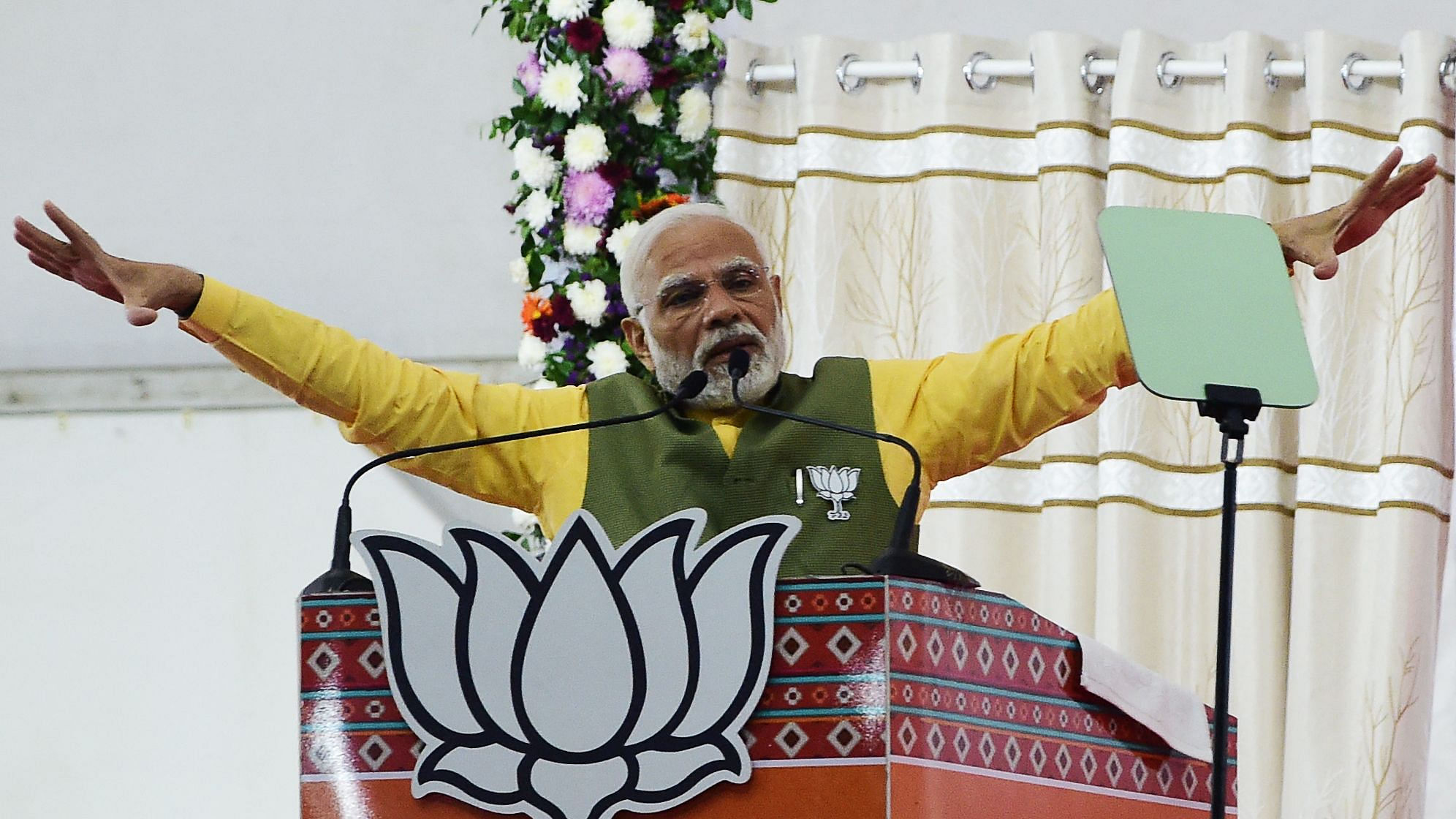
By Ruchi Bhatia and Karthikeyan Sundaram
India will unveil its budget Wednesday, testing Prime Minister Narendra Modi’s fiscal mettle seen as key to boosting investor sentiment even as it will likely leave less room for handouts a year before he seeks a third term.
Modi, who rides an enduring wave of popularity as his second term is coming to a close, looks poised to sustain fiscal consolidation as he takes the global stage with India’s presidency of the Group of 20 nations. Shrinking the deficit which hit a record 9.2 per centof gross domestic product during the first year of the pandemic is necessary for the country to improve its credit rating currently at the lowest investment grade.
India recently restructured the world’s biggest food program and trimmed energy subsidies to enable about Rs 1 lakh crore in government savings. A Bloomberg survey this month of more than 20 economists showed that the majority expects the budget from the fiscal year starting April to steer clear of populist measures and focus on strengthening manufacturing and creating jobs.
Shunning wasteful expenditure is crucial for India’s robust, long-term growth as it frees up funds to build more roads and ports, enhance logistics linkages that will support Modi’s ambition to make India the new global powerhouse, without bloating the deficit capped at 6.4 per centof GDP in the year ending March.
Fiscal consolidation is in keeping with Modi’s first budget in 2014. He’s expected to further burnish those credentials as he becomes the first to lead what is likely now the world’s most-populous nation.
A review of budgets since Modi came to power shows he’s been chipping away at subsidies, barring the pandemic years when assistance saw an increase.
Also Read | Expect a poor budget, not a pro-poor budget
The government is pressing ahead with putting the fiscal house in order even if it risks, for instance, upsetting Modi’s loyal base of women voters. Provisions for subsidizing liquefied petroleum gas (LPG) used for cooking for the current fiscal year were lowered to Rs 5,810 crore from Rs 35,200 crore two years ago.
“Fuel costs are hurting us the most right now,” said Nupur Kaushik, a 37-year-old New Delhi resident, who also seeks lower taxes and incentives for working women.
HSBC Holding Plc’s chief India economist Pranjul Bhandari said the nation’s path to fiscal consolidation will require a herculean effort. “Think of it like a long-distance cyclist that needs to keep pedaling hard to reach the finish line.”
Modi still has a year, before elections due in the summer of 2024, to course correct politically if it looks like fiscal prudence is going to hurt his party’s chances at the ballot. State elections this year will indicate whether Modi’s popularity can weather tough measures. An interim budget next year will also create some wiggle room for the premiere.
“Fiscal pressures could arise from upcoming national elections,” said Fitch Ratings Ltd., which has a BBB- rating for India. “But the incumbent government’s dominant political position likely limits these risks.”
Under Modi, India has risen to become the world’s fifth-largest economy. As he looks outward, he must harness the country’s full economic potential and meet the target of boosting the share of manufacturing to 25 per centof GDP from 14 per centnow. That will help the nation gain on Japan to become the world’s third-largest economy before the end of the decade.
A year ago, Finance Minister Nirmala Sitharaman laid out a vision to steer the economy through the next 25 years. That involves spurring growth through infrastructure investment and increasing agriculture output to cut reliance on imports, including oilseeds.
Those measures haven’t translated into gains yet for a Modi supporter like Trilok Chand, a resident of Tibbi village in Himachal Pradesh.
“Whatever we are getting from farming is not enough for my family of four,” said Chand, who grows rice and wheat on his small one acre farm. “Prices of all items are very high,” he said, wishing for the government to ensure lower prices of essential commodities. “If they fail to do this, they will repent.”